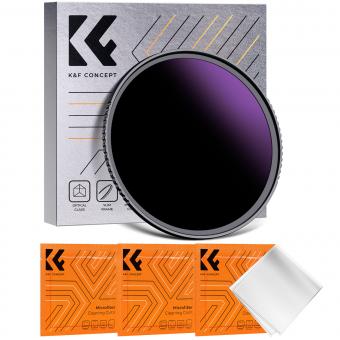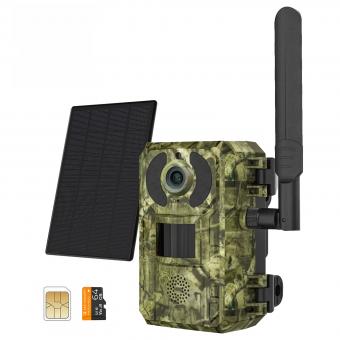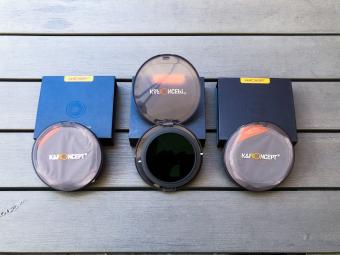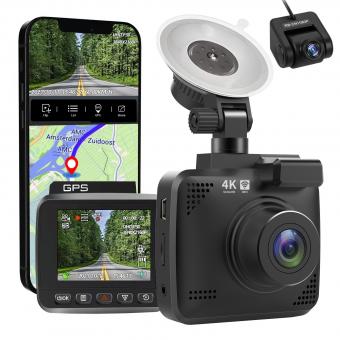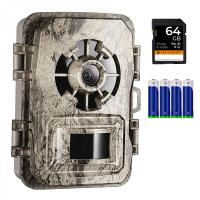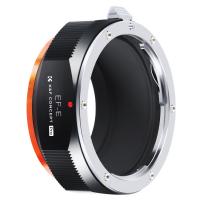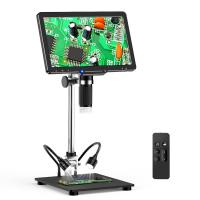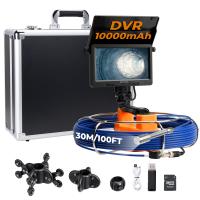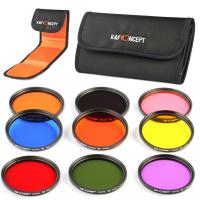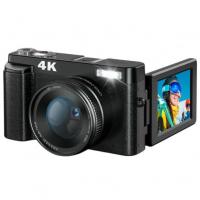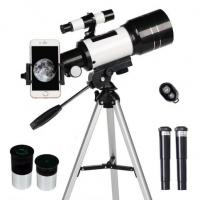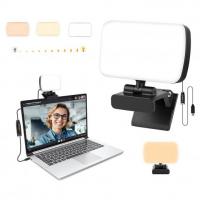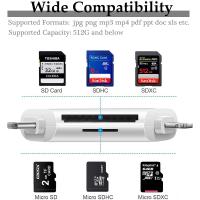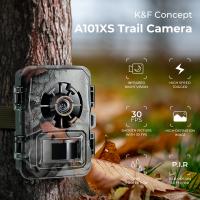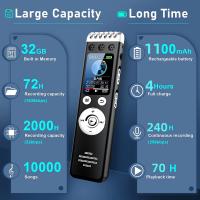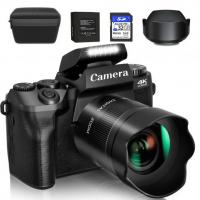Can You Point Phone Camera At Solar Eclipse?
A solar eclipse is a phenomenal celestial event which attracts sky watchers globally. One of the first instincts people have during such rare occurrences is to capture the moment on their mobile devices. However, there’s a common debate around whether it’s safe or not to point your phone camera at a solar eclipse. This article aims to delve into the intricacies of using your phone camera during such events, providing useful insights and answering some of the most frequently asked questions.
.jpg)
Understanding Solar Eclipses
Before diving into the technicalities, let’s understand what a solar eclipse is. In simple terms, a solar eclipse occurs when the moon passes between the Earth and the sun, partially or completely covering the sun. While partial eclipses can occur more frequently, complete or total eclipses are rare and can be a breathtaking sight, making them a subject of intense interest and photography.
The Risks of Pointing Your Phone Camera at a Solar Eclipse
One of the main concerns surrounding this topic is whether pointing your phone camera at a solar eclipse can damage your device. Here’s a rundown of potential risks:
1. Sensor Damage: One of the most serious risks is the possibility of damaging your camera sensor. Phone cameras, especially in modern smartphones, are equipped with sensitive sensors designed to capture detailed images. Directly pointing them at the sun during an eclipse could harm these sensors, leading to permanent damage.
2. Lens Damage: While less common, there’s also a risk of damaging the camera lens. Though lenses are usually more robust, the concentrated sunlight during an eclipse can potentially cause harm.
3. Eye Damage: Lastly, the risk extends to the user. If you’re looking at the eclipse through your phone screen without proper eye protection, you could unknowingly expose your eyes to harmful UV rays. This can lead to serious and irreversible damage to your vision.
Mitigating Risks and Safely Using Your Phone Camera
Fortunately, there are ways to enjoy capturing a solar eclipse on your phone without risking damage to your device or your eyes. Here are some essential tips to ensure you do this safely:
1. Use a Solar Filter: Just as you need special glasses to view a solar eclipse, your phone camera also needs protection. Purchase a certified solar filter that fits over your phone's camera lens. This filter will attenuate the harmful solar rays, protecting your camera sensor and lens.
2. Avoid Direct Exposure: If you don’t have a solar filter, avoid directly pointing your phone camera at the eclipse. Instead, try photographing the surroundings that capture the essence of the eclipse, like the changing light and shadows.
3. Utilize Live View Mode: Many smartphones come with a ‘live view’ mode, which significantly reduces the time your camera sensor is exposed to direct sunlight. This feature allows you to still capture photos without the risks associated with prolonged exposure.
4. Third-Party Accessories: Consider using eclipse viewers or specialized smartphone accessories designed specifically for such occasions. These accessories often come with protective features to ensure safe viewing and photography.
Practical Problems and Solutions
Despite the precautions, users can encounter several practical problems when photographing a solar eclipse with their phone camera. Let’s address some of these challenges and provide feasible solutions.
Problem 1: Blurred Images
This is common due to low light conditions or shaking hands.
Solution: Use a tripod to stabilize your phone. Most smartphones have some form of image stabilization, but for eclipse photography, a tripod is essential. Additionally, use the camera’s timer function to avoid shake-induced blur.
Problem 2: Overexposed Photos
The brightness of the eclipse can easily lead to overexposed shots where the details of the celestial event are lost.
Solution: Manually adjust the exposure settings on your phone camera. Lower the exposure level to reduce the brightness captured by your sensor. Experiment with HDR mode if your phone has it to balance the brightness and shadows.
Problem 3: Lack of Detail
Capture details like the prominence of the moon covering the sun can be challenging on a smartphone camera.
Solution: Use telephoto lenses or smartphone camera attachments to zoom in without losing image quality. Optical zoom is preferable over digital zoom because it maintains the image resolution and detail.
Best Practices for Solar Eclipse Photography
To achieve the best results and to ensure safety, follow these best practices:
1. Plan Ahead: Eclipses are time-sensitive events. Familiarize yourself with the eclipse timeline and plan your photography sessions accordingly.
2. Test Equipment: Before the event, test all your equipment, including filters, tripods, and camera attachments, to ensure everything is functioning as expected.
3. Scouting Locations: Choose a location with a clear, unobstructed view of the sky, away from city lights and pollution that can affect your shots.
4. Practice Manual Settings: Experiment with your phone’s camera settings prior to the event, so you’re comfortable adjusting them quickly.
5. Stay Informed: Follow updates from trusted astronomical sources for any last-minute changes or tips specifically related to the eclipse you’re planning to capture.
While pointing your phone camera at a solar eclipse poses some risks, these can be mitigated through careful preparation and the use of appropriate equipment. By utilizing solar filters, stabilizing accessories, and tweaking manual settings, you can safely capture breathtaking images of this celestial event. Remember, protecting your eyes is as important as protecting your phone, so always use proper viewing equipment. With the right precautions, photographing a solar eclipse can become a memorable and rewarding experience.
In essence, prepare thoroughly, use the correct safety measures, and embrace the magic of capturing one of nature’s most awe-inspiring spectacles with your smartphone confidently and securely.

